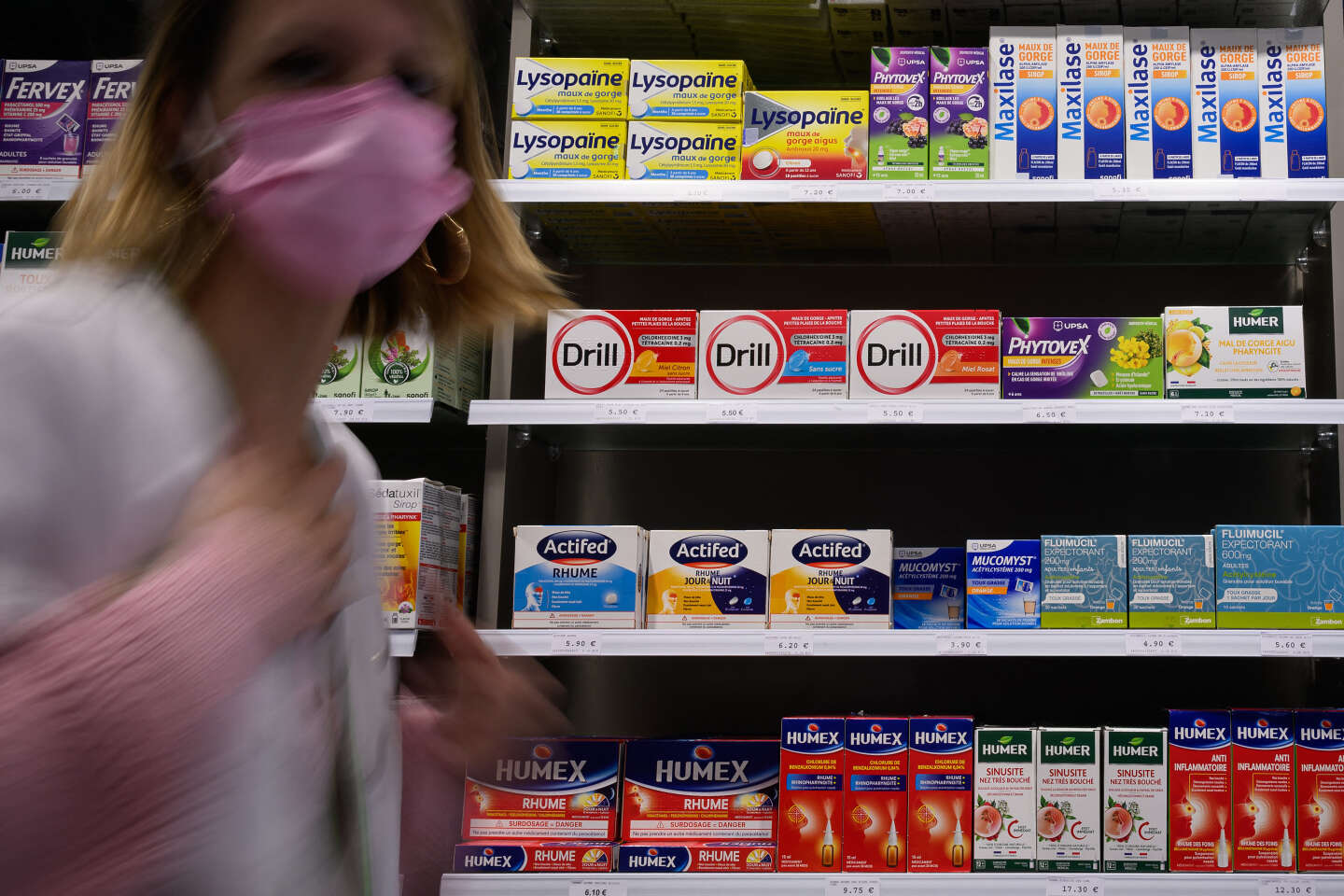

It is the compass that everyone – pharmaceutical manufacturers, wholesalers, medical professionals, patients – is waiting for with a certain degree of impatience. As tensions and disruptions to medicine supplies mount locally, the government has been slow to lay out its roadmap to combat shortages.
The waltz of the health ministers is partly to blame for this. On July 20, the former tenant of Avenue de Ségur, François Braun, was scheduled to give the presentation to industry representatives. But the ministerial reshuffle that led to his resignation on the same day put the announcement on hold. Rebelote six months later. On December 19, the planned presentation was canceled again as the incumbent minister, Aurélien Rousseau, had just tendered his resignation. Since then there has been radio silence in the ministry.
A setback that doesn’t come without problems, because… “Many measures to avoid these bottlenecks must be implemented by the authorities. Unless we have overall management as part of a roadmap, it will be difficult to make progress on certain parts of this dossier.”, observes Thomas Borel, scientific director at LEEM, the professional organization of pharmaceutical manufacturers. In this context, the union has put forward several proposals, including the creation of a platform that would allow each link in the pharmaceutical chain (laboratories, wholesalers, pharmacists, doctors) to receive real-time information on available stocks.
However, the problem of bottlenecks has not yet been completely resolved. In 2023, several measures were taken by the government. In June, a list of 450 medicines considered essential was drawn upOf which, according to company management, 147 have been assessed so far “Priority for resettlement”.
“Chaotic situation”
A winter plan to combat seasonal shortages has also been drawn up under the auspices of the National Agency for the Safety of Medicines and Healthcare products (ANSM). Goal: Avoid shortages in the 2022-2023 season, where amoxicillin and paracetamol were severely lacking due to a lack of foresight from laboratories. With still tentative results.
Although paracetamol is no longer a problem, difficulties remain with many antibiotics, including children’s amoxicillin. “The tensions are related to the deregulation of the distribution system. Although manufacturers have the necessary quantities, due to the shortage last year, some have adopted behaviors that have led to this chaotic situation of unavailability of products for patients.explains Christelle Ratignier-Carbonneil, Director General of the ANSM.
You still have 25% of this article left to read. The rest is reserved for subscribers.





